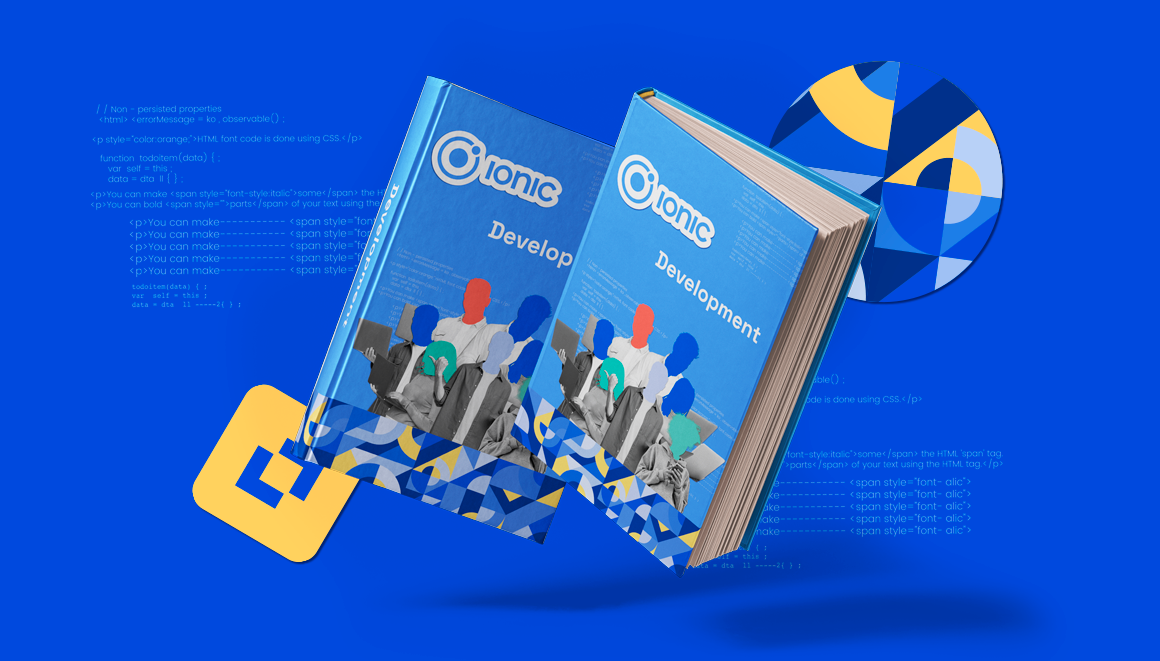If you value simplicity and consistency, consider using Grails for your next software project.
Grails is a lesser-known Java framework with enough similarities to Ruby on Rails (RoR) that any RoR fan would be doing themselves a disservice by neglecting to look into it.
Technical details aside, all you need to know right now is that Grails favors high productivity.
And by using this Java framework, you can focus on business instead of the plumbing that tech companies often have to face when employing new technologies.
To learn more about what Grails can do for your business, stay tuned!
Trio goes beyond providing exceptional software development insights; we connect you with the best South American developers. Discover our elite Argentinean developers, Chilean developers, and Brazilian developers for your outsourcing needs.
What Is Grails?
Grails is a Java-based web application framework that uses the Apache Groovy programming language.
Though Java is one of the most reliable languages there is, Java vs. Python or Java vs. Ruby are not uncommon article topics in the recent browser history of dedicated software developers.
It seems that Java is always being compared to more modern, minimalistic languages.
In the early 2000s, Java designers started noticing this pattern and took action. They decided to build a web framework that would encourage rapid development.
Officially released in 2008, Grails is more than capable of streamlining web development for businesses and developers who want to spend less time configuring and more time coding.
Like many web frameworks, Grails implements the traditional model-view-controller (MVC) software architecture.
In practice, this makes Grails even better at speeding up development since the pattern separates concerns between the model (business logic) and view (graphical interface).
The controller in this pattern serves as a liaison between the logic and the interface, converting data from the model to the view and vice versa.
But one of Grails’s most prominent features is that it stresses a coding over convention (CoC) paradigm.
Because of CoC, Grails developers aren’t privy to much of the configuration detail development typically entails.
What Is Groovy?
Grails is built on top of other Java frameworks like Spring and Hibernate but utilizes the Groovy programming language because of its virtually flat learning curve.
Ironically, Grails was first known as Groovy on Rails to imply its likeness to Ruby on Rails. But for legal reasons, this name didn’t take.
That said, Apache Groovy remains a powerful programming language with an easy-to-learn syntax.
Here’s an overview of Groovy’s technical makeup:
- Optionally typed — denotes an option in Groovy’s syntax to leave out type definitions so they can be implicitly assigned, accelerating development; in Groovy, developers have the option to use static typing and static compilation where variable types must be explicitly declared
- Dynamic — a class of high-level programming languages where some behaviors execute at runtime as opposed to static languages; errors do not prevent the script from running, the advantage being that Grails developers can change code somewhat while the program is running
- Domain-specific — a type of programming language that is specialized to certain contexts, meaning the use of Groovy in a Java-based framework only flattens the learning curve
In addition to the qualities of Groovy’s syntax, the language extends metaprogramming at runtime and compile-time.
Metaprogramming describes a practice in which the machine can modify the program itself to optimize the program.
Groovy happens to be a functional programming language as well. This means code is composed using functions, lending to a much-desired modularity in Grails.
What Can Grails Do?
First and foremost, Grails is a web application framework for back-end development.
When it comes to web development, the primordial JavaScript handles everything on the front-end.
Of course, JavaScript frameworks ease the development process quite a bit, so it’s always best to use them when you have the chance.
But generally, any web development undertaking needs a back-end language to boot.
Back-end languages for web development must address complexities involving application programming interfaces (APIs), web servers, and anything else that only business logic can take the reigns on.
More than back-end development, Grails can do a number of things to improve business efficiency.
For example, developers can build plugins to enhance and extend the framework. And Grails has asynchronous capabilities that simplify concurrent programming.
Borrowing from Spring, Grails allows for dependency injection, a time-saving feature where objects receive their dependencies automatically.
Grails also integrates seamlessly with GORM, a data access toolkit with a rich set of APIs for prime data manipulation.
That’s not all Grails has to offer, but it’s enough to prove it’s worth. Not only is Grails fast and extensive, but it is scalable.
Related reading: 6 Examples of Where and When You Can Use JavaScript
Why Use Grails?
What pulls most Java developers and businesses alike to deploy Grails in their tech stack is its status as a high productivity language.
While you’ve already heard a slew of Grails’s most fine-tuned features, there are some quintessential details of the language that make it stand out amongst other Java frameworks.
A presentation slide with the title “Why Use Grails,” featuring three benefits highlighted in blue circles: “XML Configurations,” “Ready-To-Use Environment,” and “Mixins Support,”
XML Configurations
In Java frameworks and nearly every framework, developers are made to configure their environment and framework before and during development.
Such configurations provide greater consistency across applications, or at least they were meant to.
Most developers can’t help but think it’s a tedious task, especially since conventional configurations are all that ever used anyways.
So Grails decided configurations no more. There’s no need to configure XML files while using Grails.
The framework opts to use a system of rules and conventions to inspect your code and create the feng shui of configurations that suit your work best.
Ready-To-Use Environment
Traditional Java frameworks require that you assemble development units before you begin.
Though you may not have the experience to understand how bothersome this effort it is, you can definitely imagine picking up and flipping over several scattered pieces of a 1000-piece puzzle.
It’s annoying, to say the least. And in Grails, it’s completely unnecessary.
The Grails framework comes equipped with a web server, Java web environment, and all your necessary libraries. Your developers can get to it right away.
Mixins Support
Mixins are a type of class with methods. In classic object-oriented programming, methods are bound to a class for good.
But in Grails, you can use the methods of a certain class outside of its originating or parent class.
In layman’s tongue, this would be the equivalent of your friend having a baby that got the tall gene from their father.
And even though you don’t have access to the gene yourself, you know it’s within your periphery, so you make a copy and slap it onto your posterity.
Naturally, the ethics of selective breeding are awfully questionable.
Yet in software development, code reuse at this level makes for an extremely dynamic language and happy developers as a result.
Get Started with Grails
To get started with Grails, you’re going to need some talented Java developers who understand your project requirements to a T.
At Trio, our developers are determined to serve businesses in need. Our developers are trained to program efficiently but also listen effectively.
Not to mention, we have qualified Java developers who are well-able to dive deep into the Grails framework for the sake of your project.
Hire Java developers at Trio today to get started!






